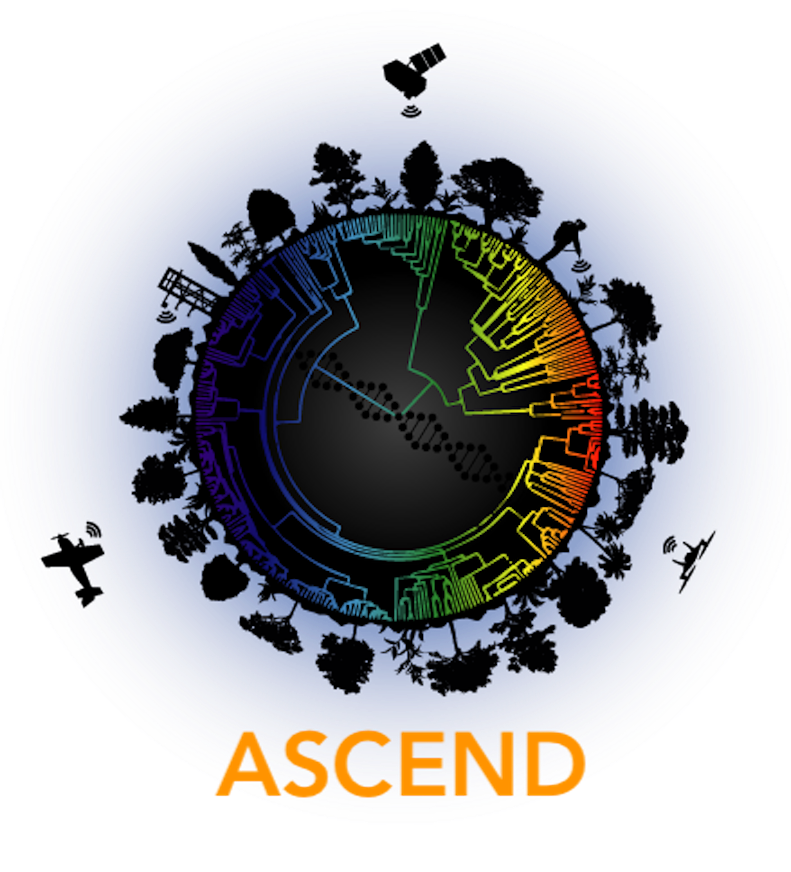Biodiversity forms the basis of ecosystem function and the life support systems that promote human wellbeing. Advancing our understanding of Earth’s biodiversity and its response to global environmental change at biological scales from molecules to biomes is critical to societal capacity to adapt to and mitigate the loss of biodiversity in an era of rapid global change. We take a coordinated approach to biological integration—with a focus on terrestrial plant biodiversity—harnessing observations, state-of-the art experiments, theory, and the NEON observatory to address the overarching question:

What are the causes and consequences of changes in plant biodiversity across scales in a rapidly changing world?
We start with the genetic variation and the small molecules that form the fundamental building blocks of variation within individual species to understand gene expression, plasticity and selection resulting from organisms’ interactions with the environment. This provides a mechanistic understanding of within-species spectral variation. We then examine the evolution of spectra across the tree of life through diversification in relation to environmental change. We examine the spectral and functional variation of species from across the tree of life and how their interactions and assembly processes give rise to neighborhoods and communities; and we study the consequences of species interactions for ecosystem function and local biogeochemical cycles. Finally, we examine how biodiversity in ecosystems and landscapes across the globe give rise to biosphere dynamics
Theme 1: Intraspecific variation - the genomic, metabolomic and environmental basis for variation in plant spectral phenotypes
Theme 2: Phenotypic variation across the tree of life - modeling the evolutionary processes that give rise to the genomic, metabolomic and functional trait variation among species
Theme 3: How variation across the tree of life influences species interactions, dispersal processes and the assembly of communities influencing their ecosystem functions
Theme 4: How species interactions within communities and ecosystems influence local carbon and other biogeochemical cycles at ecosystem and landscape scales
Theme 5: Advancing Earth System Models to integrate our understanding of how functional trait variation— as determined spectrally across the tree of life and across ecosystems—influences global biogeochemical cycles and biosphere dynamics
Bridging projects: Integration across themes to bridge insights and modeling of the causes and consequences of biological variation across scales


